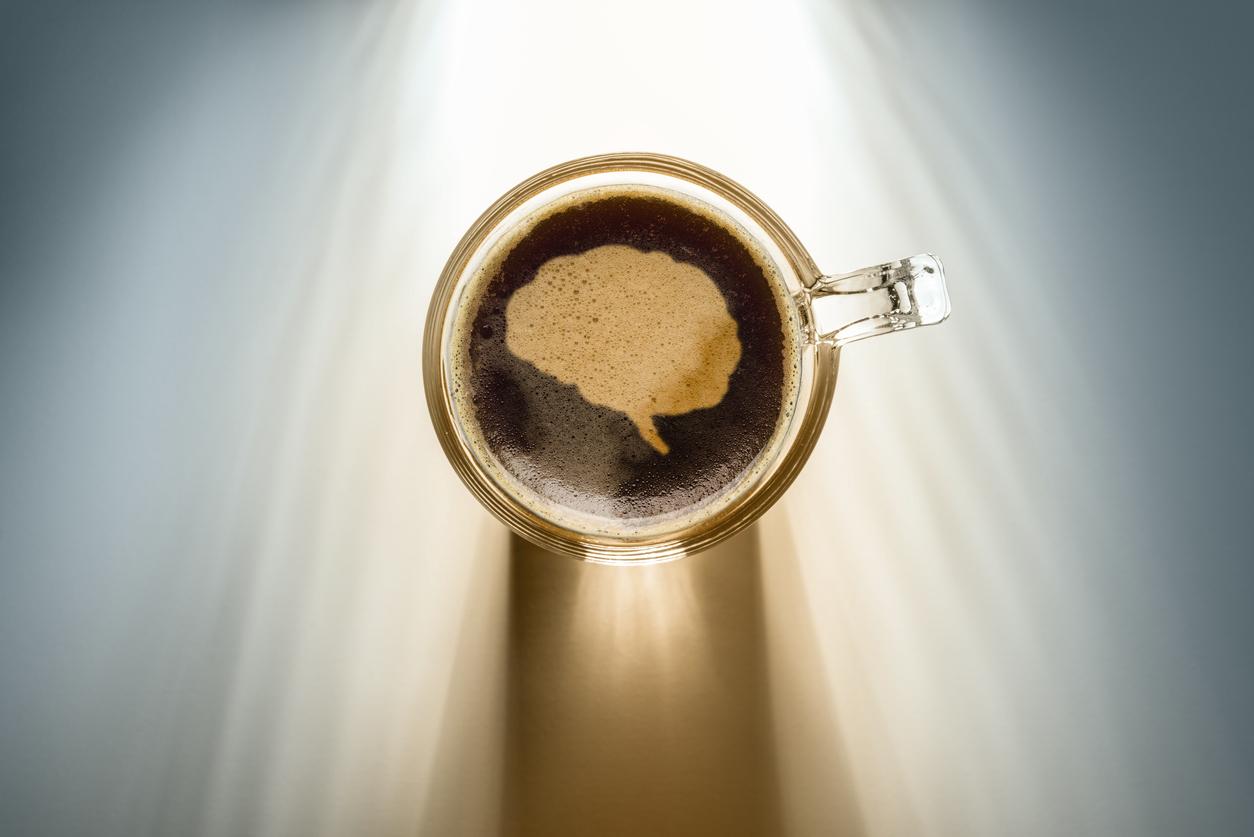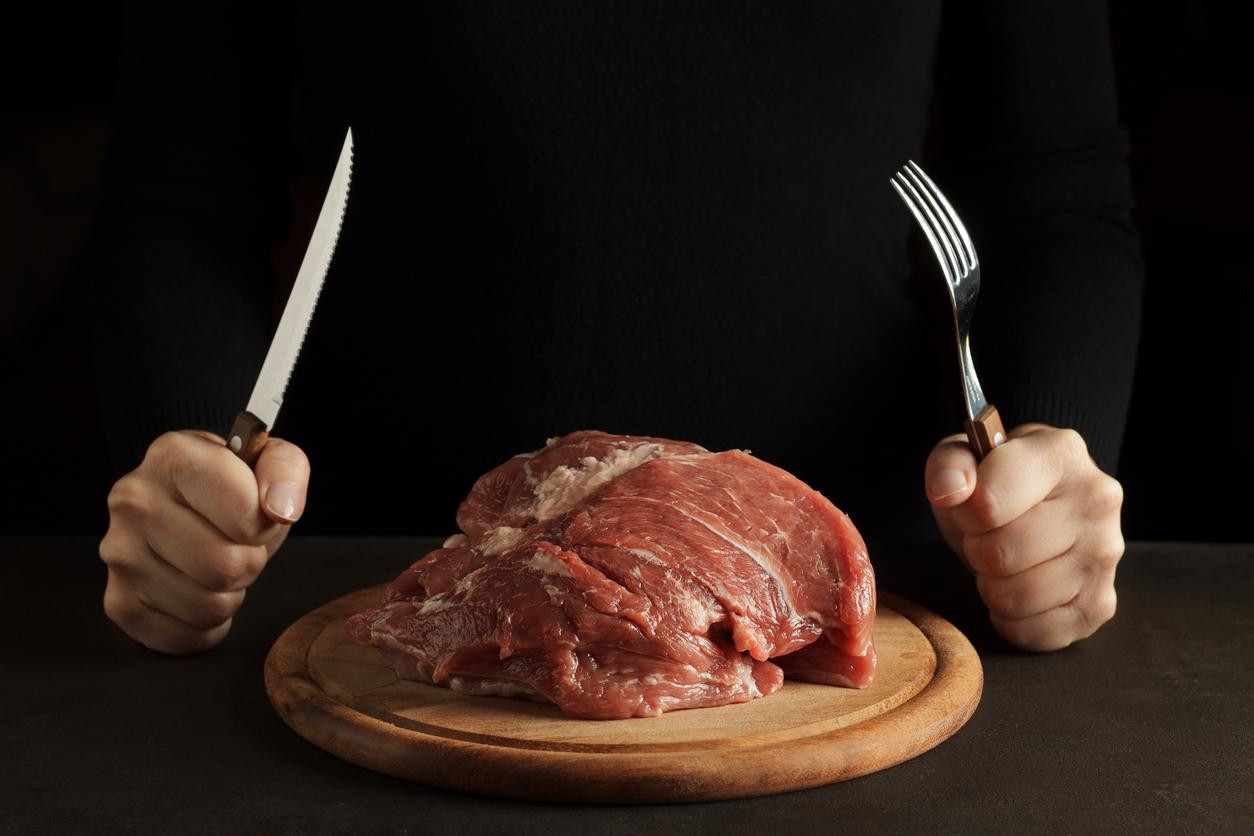Rich in fibers, proteins, minerals and vitamins, low in fat and calories, seaweed is increasingly attractive. Recommended as part of a healthy and slimming diet, they also allow, thanks to their potassium intake, to reduce the heart risk. A new one study published in the medical journal Phycologica even suggests associating them with the consumption of industrial dishes or junk food.
To learn more about the health benefits of 35 algae, researchers at the University of Southern Denmark tested the consumption of algae added to bread on a group of men in overweight. They found that the volunteers accepted its taste as long as its content did not exceed 4%. They also observed that dietary fiber intake was higher and that participants consumed 16.4% less energy over a 24-hour period. In other words, adding a little seaweed to your meals not only allows you to eat less but also to increase your fiber intake, knowing that the French do not consume enough.
An easy-to-eat food
Easy to use, dried seaweed can enhance the flavor of flour in pizza, pasta or bread. Consumed with meat, they help increase the intake of dietary fiber and antioxidants, helping to reduce the cholesterol. Used as a powder, they can even replace table salt. Adding 5 to 10 grams of granulated or dried seaweed would be excellent for your health.
“We now know that many people find it difficult to differentiate between healthy foods and unhealthy foods,” says Ole G. Mouritsen, professor of biophysics at the University of Southern Denmark. “Adding seaweed to processed foods makes the food healthier. In most cases, the food is tastier and it can also reduce the risk of cardiovascular illnesses“.
Read also:
The health benefits of Japanese cuisine
Slimming: the advantages of Japanese cuisine
Slimming: algae, your new allies











-1739366311.jpg)





